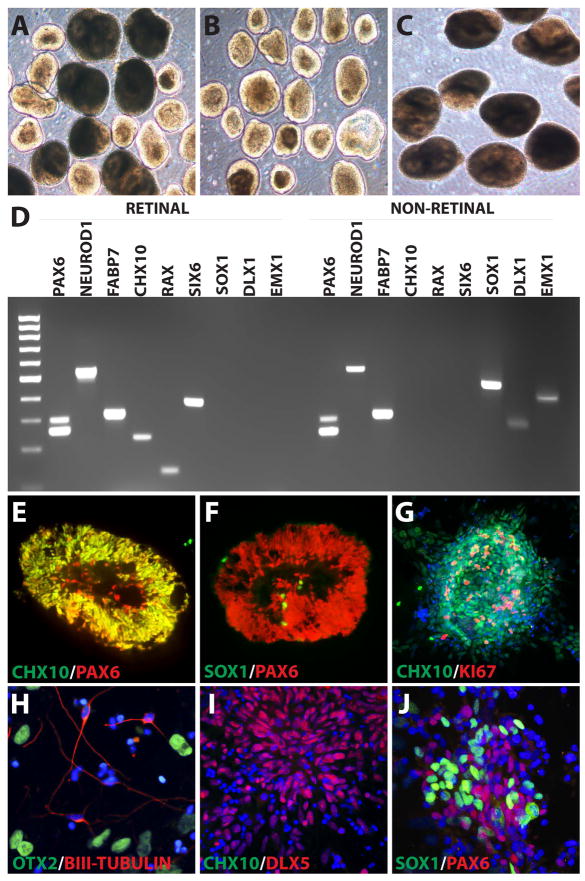Figure 5. Identification, Enrichment, and Characterization of Retinal Progenitor Cells.
After 30 days of differentiation, hPSCs were isolated into two morphologically distinct and readily identifiable populations (A). Retinal neurospheres, characterized by a bright ring surrounding the outer layer (B) and a non-retinal neural population displaying a larger, more uniform appearance (C). RT-PCR analysis revealed striking differences between these two neurosphere populations. While both populations expressed neural associated transcription factors (PAX6, NeuroD1, and FABP7), retinal neurospheres expressed CHX10, RAX, and SIX6, characteristic of retinal progenitors which were absent from non-retinal neural populations. Conversely, the non-retinal neural cells expressed forebrain-associated transcription factors including SOX1, DLX1, and EMX1, which were absent from retinal neurospheres (D). Immunocytochemical analysis revealed that retinal neurospheres widely expressed retinal progenitor markers such as CHX10 and PAX6 (E), but largely lacked the expression of the forebrain-associated marker SOX1 (F). hPSC-derived retinal progenitors also remained highly proliferative within the first 30 days of differentiation (G). Non-retinal neural populations displayed typical features of emerging forebrain neurons, including the expression of βIII-Tubulin and OTX2 (H), as well as the forebrain-associated DLX5, but lacked the retinal progenitor marker CHX10 (I). Non-retinal neural cells also retained the expression of both PAX6 and SOX1 (J).

